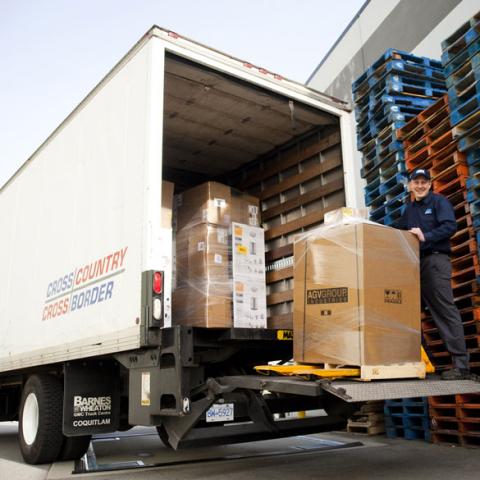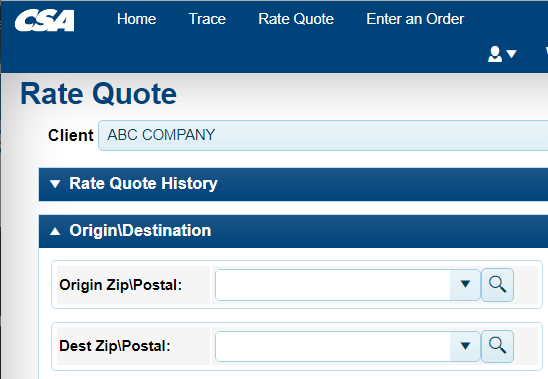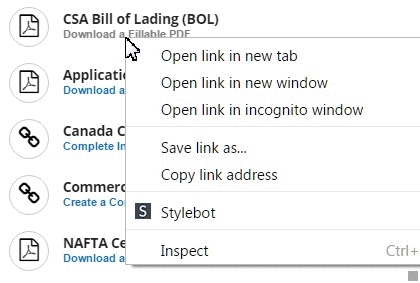Comparing LTL vs. FTL: Which is Best?
Large, whole-truck-only shipments are now, for the most part, a thing of the past. With the prevalence of eCommerce and direct-to-consumer deliveries, shipping methods have adapted to accommodate smaller, custom-sized loads.
Because of this, a new type of shipping method was introduced in the 1980's: LTL. This is an alternative to FTL. But what do LTL and FTL stand for?
FTL (or Full Truckload) is the “traditional” way of shipping. This process entails hiring an entire truck or carrier to carry a large shipment. In contrast to FTL, LTL (or Less-Than-Truckload) is where you only use a portion of a truck’s space.
The question is, which method should you choose —FTL or LTL?
Cost of LTL vs. FTL
Cost is, undoubtedly, one of the prime considerations when choosing between LTL vs. FTL freight. Based on the FTL/LTL meaning, it would be easy to assume that FTL is much more expensive as you’ll be renting the entire trailer. In a way, this is true.
However, if you can fill up and maximize the entire space given to you, then FTL shipping might turn out to be cheaper. This is especially true if the entire shipment is going to the same destination.
LTL, on the other hand, is an economical method in almost all circumstances. This is due to the fact that you’re paying on an “as needed” basis.
You also need to know that there’s a difference in quoting LTL vs. FTL shipments. FTL is often quoted per mile, while LTL is quoted per weight and pallet space. Therefore, it might be prudent to get both LTL and FTL quotes from a broker and see where the savings are more significant.
Timeline of LTL and FTL Transportation
Cost is, of course, just one aspect when comparing FTL/LTL logistics. The timeline, or how long it would take for your shipment to arrive, is an equally important factor.
FTL is the fastest option. That’s because the entire trailer is going to a single location. LTL, in contrast, may need to pass through a few hubs before reaching its final destination. The carrier will also often need to consolidate and fill up the cargo capacity to maximize space and fuel. This, of course, takes a longer time.
FTL might be costlier, but it can potentially save you down the line, especially if you need to ship time-sensitive items. On the other hand, if a small delay is acceptable, the lower cost of LTL is more advantageous.
The best move, however, is to ask for exact timetables for both FTL and LTL shipping. This is the only way to truly see how long the actual shipping time is, then correctly balance the need for a quick timetable vs. lower cost.
Pros and Cons of LTL vs. FTL
Other than price and time, you need to consider other pros and cons to see which shipping method is for you.
The added advantage of FTL is privacy and security as you won’t need to share the cargo truck with other shippers. The carrier will also usually arrive directly at the destination without passing through a central hub.
But because FTL doesn’t pass through a hub system, you don’t get the same handling and added services as you do with LTL. Your destination needs to have a loading dock to receive deliveries properly. Also, you often need to be able to effectively manage the substantial paperwork that FTL requires.
The main pro of LTL shipping is that it’s flexible. You can ship items of various sizes from multiple sources and destinations. There are also added services you can use, such as white-glove pickups and deliveries as well as specialized handling.
The downside of LTL is that multiple handlings mean your goods need to be well packaged for over the road transport and a transfer between the line haul trailer and the local delivery trucks.
FTL/LTL Freight: Which Method is Best for You?
FTL is reserved for larger companies with the infrastructure and logistics to receive a full truck carrier at the destination. Even then, it will only be economical if the shipper can afford to buy the whole space.
For shipping large and fragile items, however, the minimal handling of FTL could be more beneficial. It introduces less for delay. Perishable, time-sensitive products should also be sent with FTL.
For most shippers, eCommerce entrepreneurs, and small businesses, LTL is the preferred and much more economical method. You can also use added services, including the option to ship and receive items anywhere.
Can’t Decide Between FTL and LTL?
Even though you now know the answer to “what is FTL and LTL?” you may still have questions. If so, our 250+ shipping professionals can help you pick the right method for your needs. The CSA Transportation network offers both FTL and LTL shipping anywhere in the United States and Canada. Get an online freight shipping quote today, and let’s see how we can help you ship cheaper and faster.








